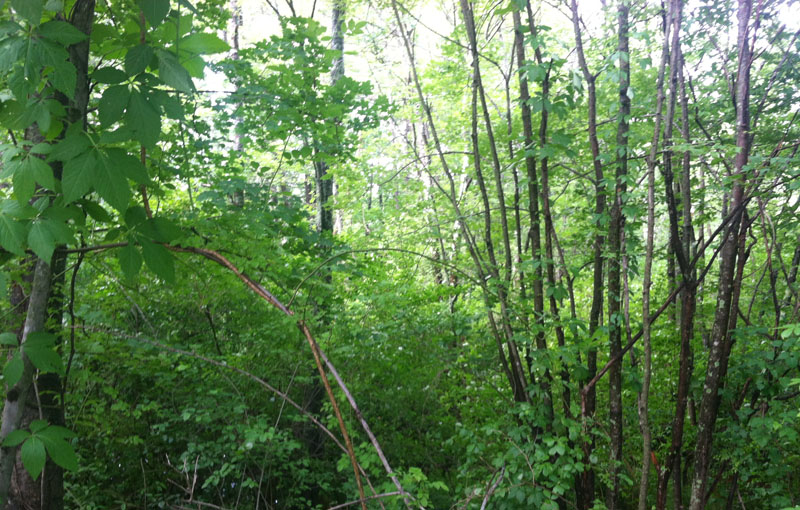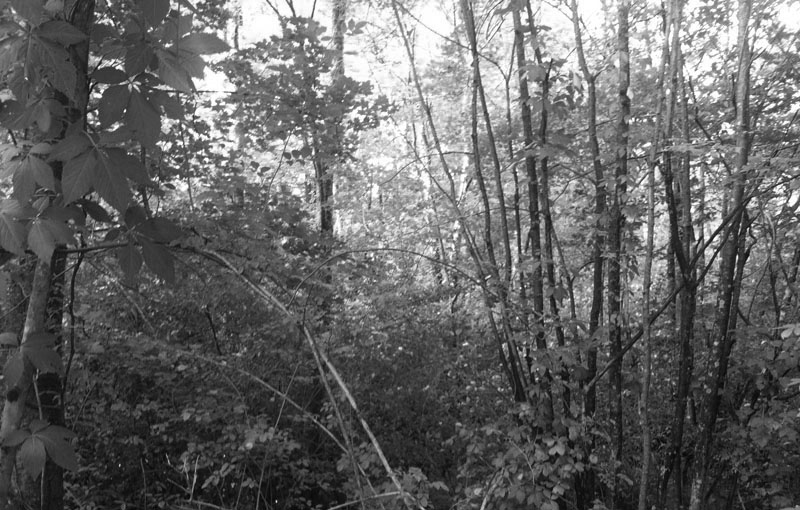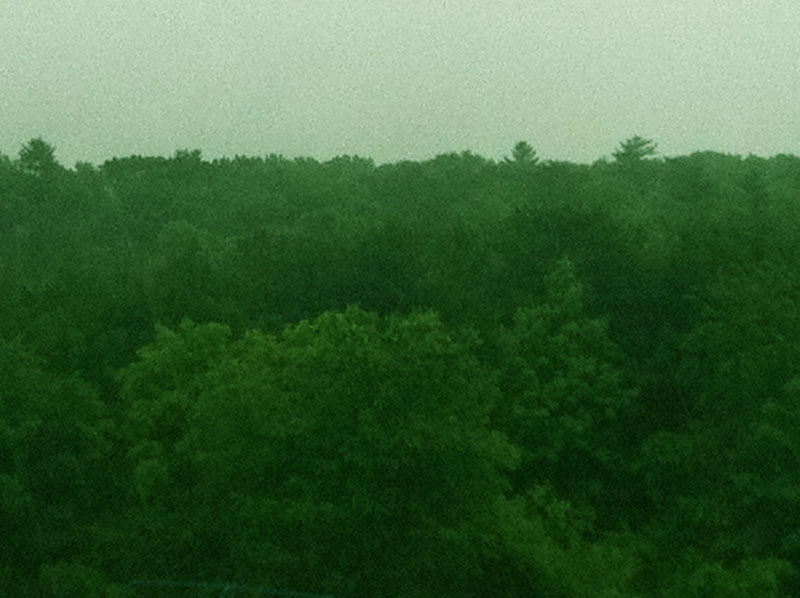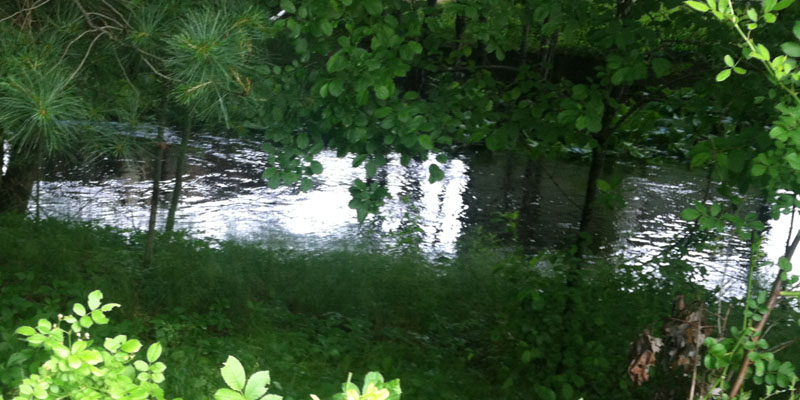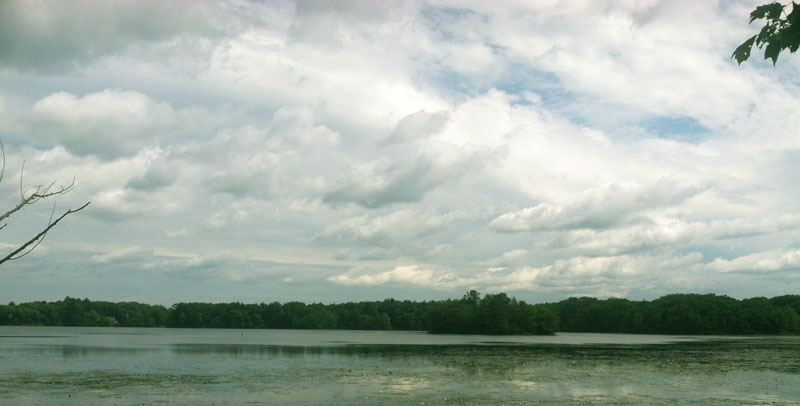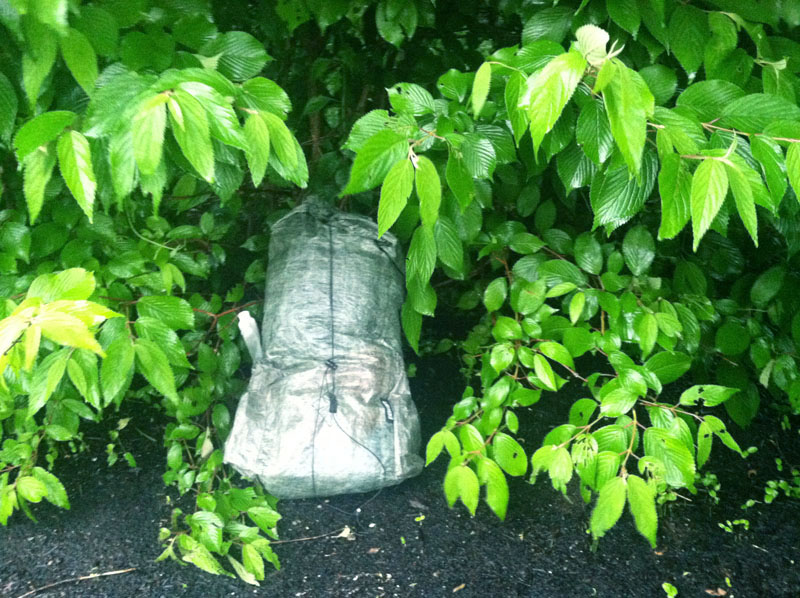 Just got back from southern Massachusetts where I had the opportunity to do some hiking in what, to me, is a foreign environment of sorts.
Just got back from southern Massachusetts where I had the opportunity to do some hiking in what, to me, is a foreign environment of sorts.
Two things stood out. The first was the color green. The second was an immersion into a micro-world of trees, shrubs, and plants without access to sweeping panoramic vistas and views. And with nearly a 24/7 blanket of rain, there was little inclination to stop and take pictures in fear of ruining the camera. That was good, because sometimes cameras push the hiker to look for photo opportunities and see the world through the small aperture of a lens, instead of the wide field view of eyes and mind.
Last month I wrote about John Muir and Freedom from Restraint and emphasized
To truly understand and feel free in the wilderness one has to experience it; learn from it. And this is what Muir spent most of his life doing. He wasn’t some sort of fast backpacker, rushing through deserts and mountains to complete the journey as fast as possible – he took his time learning of the green world. He studied all aspects of nature, from the smallest of insects to the largest of trees. He studied plants, animals, birds, reptiles, and everything around him.
and
One cannot rush through the wilderness to gain real knowledge. Time must be spent exploring, sitting, watching, smelling, and listening.
Most of my life I have been walking in big mountains and deserts. My favorite deserts are surrounded and created by big mountain ranges, towering over the desert they gave birth to. Both have ample open spaces and dramatic views. Navigation is often easy because the next point is visible from miles away, or a short climb can reveal a visual sighting. Color-wise, mountains and deserts are not necessarily green, but a mixture of the spectrum. Earth tones abound. Brown and gray wood; sand and soils of red, white, and black; speckled-colored peaks of granite; boulders and rocks become the prominent visual focus. If one isn’t careful, the dramatic eye candy of mountains and deserts can lull one into rushing to see the next vista, the next slot canyon, the next peak, or the next milestone — enticing the walker not to slow down and take in the small pieces that add up to the green world. Not a world of actual green, but the metaphor of green that is called Nature.
Last week was different. It was Nature, the thing we call the green world. But this green world was truly green. By slowing down and observing, there were plenty of dappled-colored sensations, but green permeated. Unlike my mountains and deserts where walking in the occasional constant rain veils my surroundings in a gray mist, the constant day-after-day rain and grey clouds where rarely visible in this eastern world, where the sky is often hidden under the canopy of green trees.
If one doesn’t take the time to slow down and see the green, then a hike can become a blur and the hiker sees the world in monochrome.
There were no grand vistas to see, no peaks to climb; only rolling hills and traffic jams of trees, shrubs and vines. Trees with no space between them to allow cross country travel.
When I could reach a rise providing a view, there were no prominent landmarks, only a carpet of treetops. Most trails were man-made with an occasional game trail that often converged to a point too small for me to slip through. Navigation here requires more diligence and frequent checks of maps and compass, checks that cause focus on the immediate surroundings — attention to the close and personal surroundings.
Paying close attention to the things around me, I saw granite cliff walls through small openings of the thick forest, and unfamiliar plants I later had to identify in a book and on the Internet, such as golden rod, small cedars, grapes, swamp maple, bur reed, Indian pipe, white water lily, and pickerelweed to name a few.
Footpaths are not hard packed super highway tracks, cement-like from decades of walkers, but soft and moist dark soil. Soil that is soft from decaying organisms and water. Attention must be paid to roots and vines waiting to trip the unaware hiker.
Travel is a gauntlet of streams, flowing creeks, rivers, ponds, and lakes. A world where there is water above and below. Rushing water and standing water. Ponds green with plant life and algae. The forest causes the walker to slow down, providing the opportunity to study more things than time allows – unless the hiker takes the time to stop, or even better, sit and observe. Sitting and observing, the hiker can find large rocks, boulders, and cliff faces; most covered in green; roots of which camouflage and slowly crack and grind down the solid matter that eons ago was pushed up from the bowels of the earth.
Staying dry when sitting or sleeping isn’t easy. One can’t just plop down on high ground. The rain penetrates the soil and floats duff to the top. A proper nighttime resting spot requires time to locate, unlike the mountains and deserts I frequent; Time that is spent looking closely at the ground composition, grade, and terrain; Time that forces the hiker to become very aware of the surroundings and the little things that add up to become the forest.
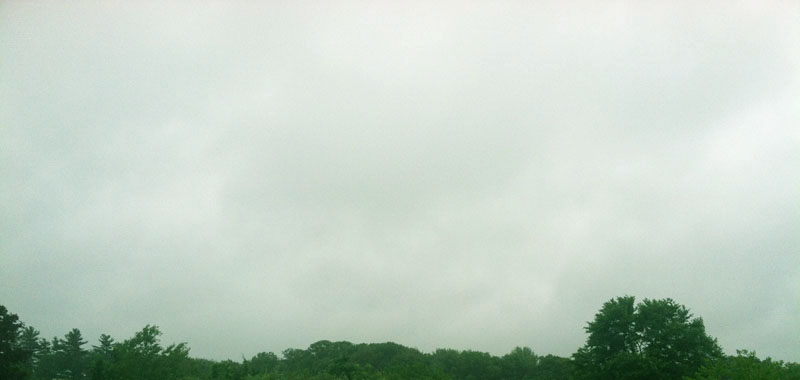
Yes, a different world. Oh, I have been in tropical rain forests and swamps before—ages ago; but those were not recreational trips. They were trips to get from point to point, with the only goal to survive and stay alive. Last week I was able to immerse myself in a truly green world in color and definition. I will be back. I have been dipped in green.
